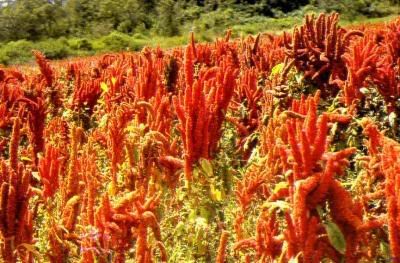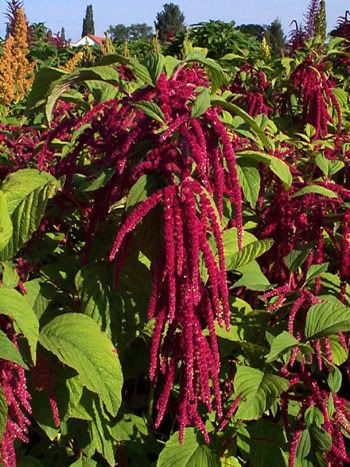Author: Dr Eureta Rosenberg
What is it?
The experts disagree on
how to define land degradation and associated processes such as
desertification, but as an issue it is not difficult to understand. Land
degradation occurs when the economic and biological productivity of
land is lost, primarily through human activities. This can happen, for
example, when:
- Fertile soils erode away,
- Indigenous trees are removed,
- Alien plants invade an area,
- Farm land is used for housing,
- Soils become salty through poor irrigation, or
- Soils are degraded by acid pollution and heavy metal contamination.
The
loss of productive land obviously affects farming and rural
communities. As the land degrades, more fertiliser, machinery and
supplementary feeds are needed and the cost of production increases.
Small-scale, subsistence farmers are often unable to meet extra costs
and even large-scale, commercial farmers can find that farming becomes
impossible. As a result, farm workers and others may be forced to move
to towns and cities, only to face unemployment and poverty.






